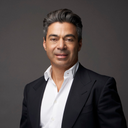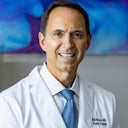I’ve been interested in a mommy makeover for sometime. I do not want breast implants as I really just want fullness not to increase breast size and do not want anything foreign in my body. I am interested in fat transfer to the breast. I believe I would have enough fat to harvest. My question is: why are there so many conflicting articles on whether or not this procedure is safe and it’s implications on mammogram results? I had to be screened for several years because I had breast cysts.
Answers (13)
From board-certified doctors and trusted medical professionals

Dr. Yannis Alexandrides, MD, FACS
Specialist Registered Plastic Surgeon
Answer
More Mommy Makeover Questions
See all Mommy Makeover Q&AWE SEND PRETTY
EMAILS
What’s trending? Who’s turning heads? Which TikTok myths need busting? We’ve got you. No fluff, no gatekeeping—just real talk. Get our free, unfiltered newsletter.



